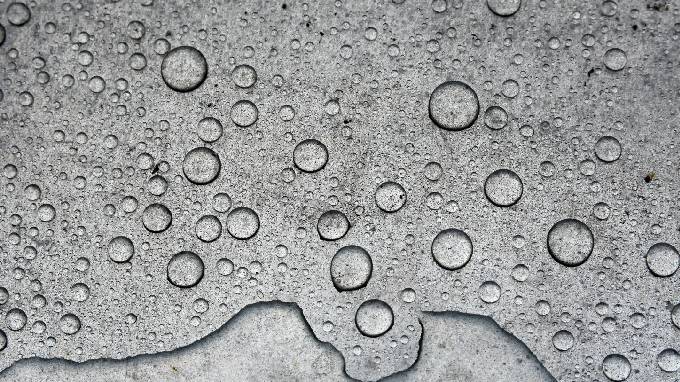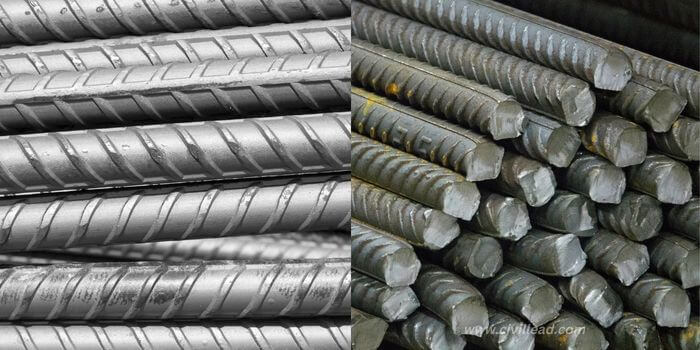The ability of the cement granules to wet is decreased by the additions in hydrophobic cement. Naphthenesoap, acidol, and oxidized petrolatum are examples of common hydrophobic admixtures. These substances form a thin coating around the cement grains. under order to produce hydrophobic cement, Portland cement clinker is crushed with a film-forming substance, such oleic acid, to reduce the cement’s rate of deterioration under unfavorable storage conditions.
When water is added to hydrophobic cement, the absorption layers tear off the surface, but this has no effect on the cement’s ability to form properly. However, since certain grains contain coats that prevent them from reacting with water, known as hydrophobic coatings, there isn’t much of an initial strength gain. However, after 28 days, its strength is on par with ordinary Portland cement.
Concrete that has been mixed with hydrophobic cement has uniformly distributed microholes, which greatly improves the material’s resistance to freezing and moisture.
The oxygen diffusion coefficient of cement that is hydrophobic
The oxygen diffusion coefficient through hydrophobic cement-based materials totally immersed in water is discovered by utilizing a diffusion cell on cement pastes and mortars and potentiostatic studies on concrete. The collected findings show that very considerable oxygen diffusion occurs via cement paste, mortar, and concrete produced with hydrophobic admixture, in contrast to very little diffusion via the reference cement matrix without admixture. Furthermore, there are similarities between the oxygen diffusion coefficients reported in the literature for unsaturated cement materials in air and those found using hydrophobic cement matrices immersed in water. The hypothesis that dissolved oxygen diffuses directly through the open pores of a hydrophobic cement matrix as a gaseous phase seems to be supported by our experimental results. This might explain the severe corrosion that several investigations have reported on steel reinforcement embedded in cracked hydrophobic concrete immersed in an aqueous chloride solution.
Hydrophobic cement: Advantages and Cons
The advantages of hydrophobic cement are as follows:
- This cement may be used to build submerged structures such as spillways and dams, in addition to other water-related buildings.
- This cement reaches the same strength as ordinary portland cement after 28 days.
- It also applies to circumstances involving chilly weather.
Some disadvantages of hydrophobic cement include the following:
- Given how costly it is, the expense is substantial.
- The application requires a significant amount of work.







